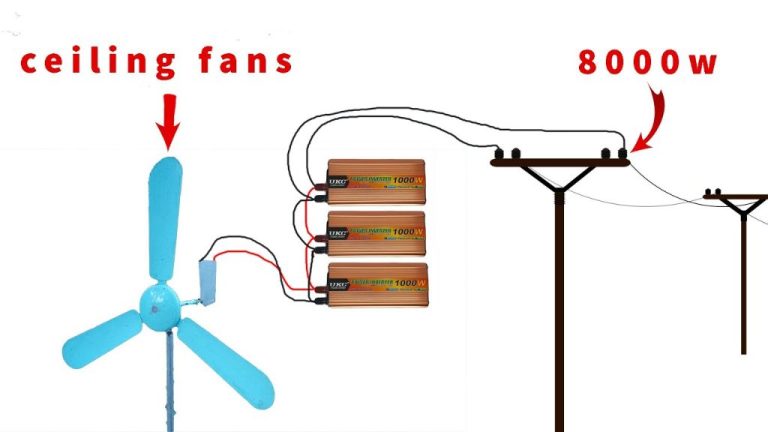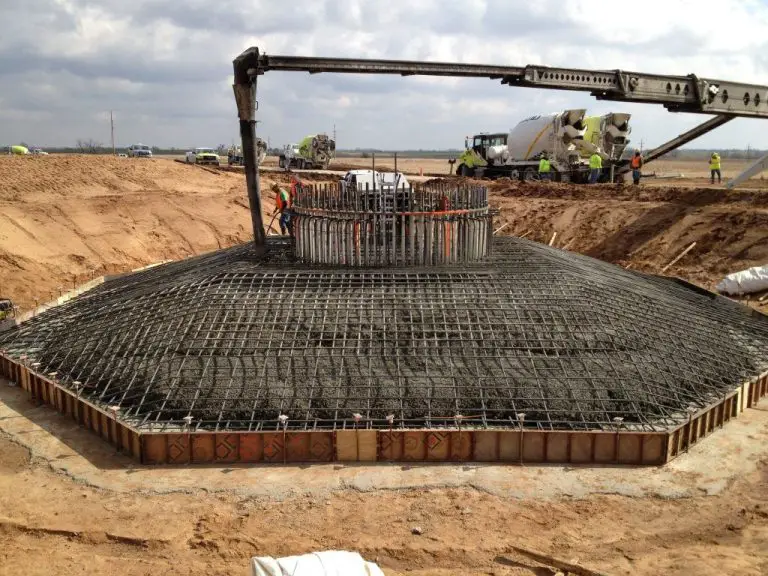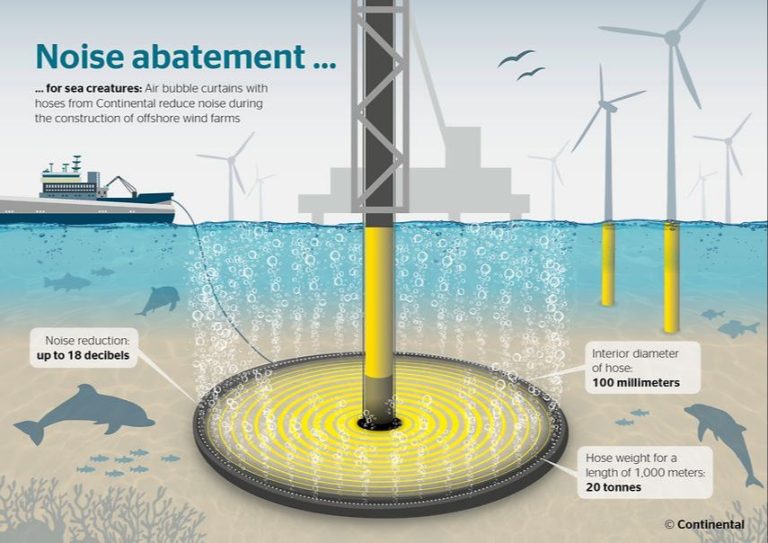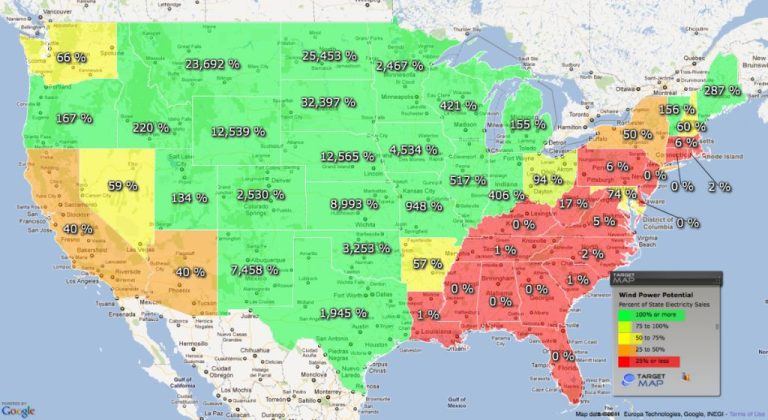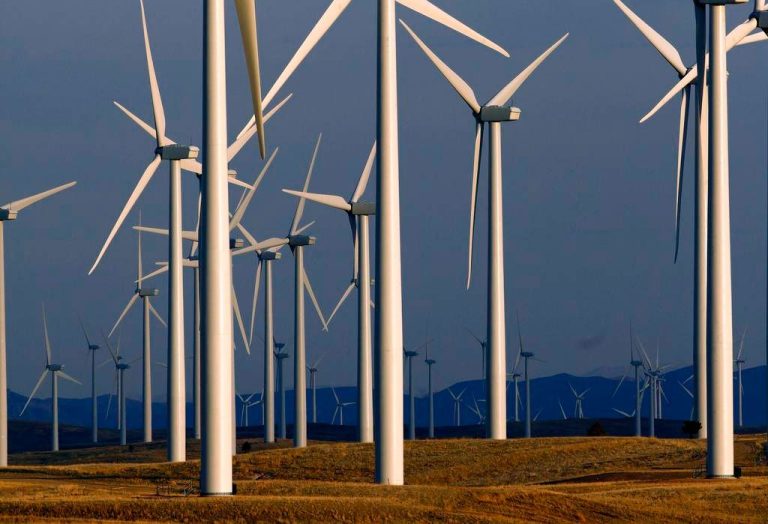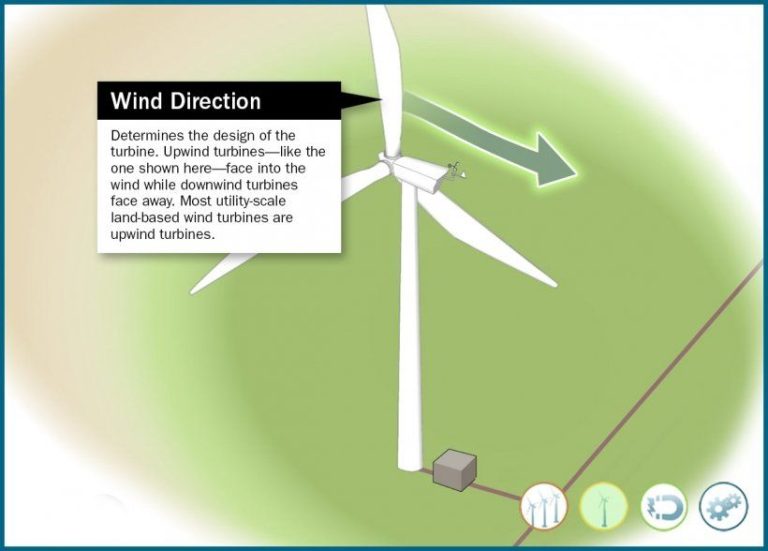What Are The Disadvantages Of Windmill?
High Upfront Costs
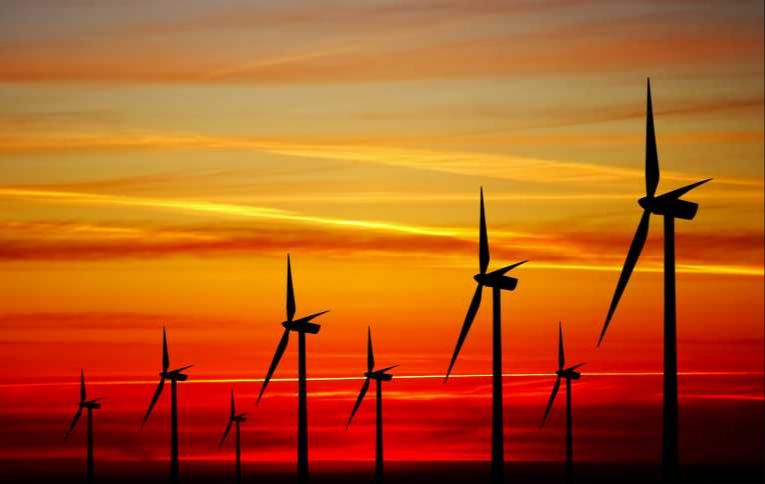
Wind turbines are expensive to manufacture, transport and install. According to the 2021 Cost of Wind Energy Review by the National Renewable Energy Laboratory, the average cost for land-based wind turbines in the United States was around $1,300,000 per megawatt in 2019 dollars (
One of the key factors that drives up costs is the size of modern wind turbines. The average turbine size has increased dramatically over the past two decades, with rotor diameters now exceeding 120 meters on some of the largest models. Bigger turbines can capture more wind energy, but they also require larger and more specialized equipment for manufacturing, transportation and construction (
Intermittent Power Generation
One of the biggest disadvantages of wind power is its intermittent and variable nature, leading to inconsistent electricity generation (Energy Education, n.d.). Wind speeds fluctuate throughout the day and change seasonally, causing wind turbines to generate power unpredictably. Unlike conventional power plants that can provide a constant stable flow of electricity by controlling their fuel input, the output from wind turbines depends entirely on the available wind resource. At times when the wind is blowing strongly, wind farms may produce a surplus of power. But during low wind periods, their generation can drop dramatically or even cease entirely (Novella, 2015). This intermittent and variable nature of wind power can make it challenging for grid operators to match electricity supply and demand. Sudden drops in wind power output need to be compensated by ramping up other generators, while surplus wind generation may need to be curtailed. The uncertainty around wind power production also complicates grid scheduling and planning. Overall, the intermittent and variable nature of wind remains one of its biggest limitations as an energy source.
Noise Pollution
One disadvantage of windmills is that the rotating blades can generate noise that may disrupt people living nearby. According to the U.S. Department of Energy, land-based wind turbines typically produce sound levels around 35-45 decibels when heard 300 meters away1. For comparison, background noise in most environments ranges from 40-45 decibels3. This means the noise of rotating blades can be audible to nearby residents. Older wind turbine models may produce distinct tonal sounds described as a “whine” or “hum.” While modern turbines have improved in reducing noise, it remains a disadvantage for some proposed wind farm locations.
The sounds can potentially cause sleep disturbance and stress for people living within a close radius. There is ongoing research around appropriate setback distances and noise limits for wind turbines to mitigate impacts. Proper siting, turbine design and noise reduction methods can help address noise pollution concerns in communities near wind power projects.
Threat to Wildlife
Wind turbines can pose a threat to wildlife, particularly birds and bats. As the blades rotate, they can strike birds and bats that fly into their path, leading to injury or death. According to a fact sheet from the U.S. Department of Energy, wind turbines kill an estimated 140,000 to 328,000 birds each year in North America [1]. Bats are even more impacted, with wind turbines causing over 600,000 bat fatalities annually on the continent. Many of the affected bats are migratory species that serve important ecological roles like insect control.
The spinning blades move deceptively fast, making it difficult for birds and bats to detect and avoid them. Nocturnal migrating species like songbirds and bats are especially at risk since they fly at night when wind speeds are higher [2]. Research shows that strategic operational changes, like altering turbine speed based on seasonality and time of day, can significantly reduce bat fatalities. New technologies like ultrasonic acoustic deterrents may also warn bats away from turbines.
While any human structure poses risks to wildlife, evidence shows wind energy has far lower impacts than other sources. A MIT study found wind turbines cause 0.269 bird deaths per GWh versus 5.18 per GWh for fossil fuels [3]. With proper siting and mitigation strategies, wind power can expand while reducing hazards to birds and bats.
Impact on Landscape
Large wind farms with many wind turbines can negatively impact the aesthetics and natural scenery of the landscape. The large structures and spinning blades can be considered visual pollution by some people who prefer seeing untouched vistas (https://academic.oup.com/book/11785/chapter/160832934). Studies show that wind farms located in natural areas or landscapes with high scenic value are perceived more negatively compared to those in developed or industrial areas. The contrast of tall white turbines against a natural backdrop can be jarring for many viewers (https://nexusmedianews.com/the-aesthetics-of-wind-energy-7a610c1e5b0a/). Research also finds that wind turbines located close to homes increase negative reactions to the visual impact compared to more distant turbines that are less noticeable (https://www.ncbi.nlm.nih.gov/pmc/articles/PMC4997432/). Overall, while some people see the turbines as visually appealing symbols of clean energy, large wind farms can substantially alter natural scenery and be considered an eyesore.
Energy Storage Issues
One of the major disadvantages of wind energy is that it lacks inherent storage capabilities, meaning the energy generated by wind turbines must be used right away and output may not align with energy demand without storage solutions (https://energy-nest.com/storing-wind-energy/). Wind power’s intermittent nature makes it challenging to integrate large amounts of wind energy without ways to store and dispatch the energy when needed.
Batteries and other energy storage technologies can help mitigate this issue by capturing excess wind energy during periods of oversupply and discharging it during peak demand, but these add significant costs. Pumped hydro storage and compressed air energy storage are other potential large-scale storage solutions. Alternatively, advancing smart grid technology for better energy management may also help balance variable wind supply and energy demand (https://www.energy.gov/eere/wind/advantages-and-challenges-wind-energy).
Overall, the lack of inherent storage remains an obstacle for high wind power grid penetration. Finding affordable and large-scale energy storage solutions continues to be an active area of research and innovation in making wind energy more viable and grid-friendly.
Transmission Infrastructure
Good wind sites are often located in remote areas, far from cities where electricity demand is high. This requires building long transmission lines to transport the generated electricity to population centers. The average transmission capital cost for renewables ranges from $1 to $10/MWh according to a national lab study (https://emp.lbl.gov/news/new-national-lab-study-quantifies-cost). Constructing new high-voltage transmission lines over long distances is extremely expensive. According to one estimate, it costs $15 million per mile for a new 500kV transmission line (https://thundersaidenergy.com/downloads/wind-and-solar-costs-of-grid-inter-connection/). The high upfront infrastructure costs can make wind power prohibitively expensive in some regions.
Local Opposition
Proposed wind projects sometimes face opposition from local residents. This “not in my backyard” (NIMBY) attitude can stall or halt wind farm development. Concerns often center around visual impacts, noise, and property values.
Some studies have examined the prevalence of NIMBYism for wind projects. One found that over 25 percent of a survey sample opposed a local wind development (Smith, 2021). However, support or opposition depends on many factors. Proximity to turbines, personal values, and demographics all influence views.
Strategies to increase local acceptance include financial incentives, impact mitigation, and community engagement. Wind energy associations recommend early and active consultation with stakeholders. Addressing concerns and involving the community in planning is vital.
Sources:
Smith, E.R.A.N. “Explaining NIMBY Opposition to Wind Power.” https://smith.faculty.polsci.ucsb.edu/wind.pdf
Dependency on Subsidies
A major disadvantage of wind power is that it often relies heavily on government subsidies and financial incentives to be economically viable [1]. In the U.S., federal tax credits like the Production Tax Credit (PTC) have helped the wind industry expand by making wind projects more cost competitive with fossil fuel plants [2]. However, the PTC expires periodically and results in a boom-and-bust cycle for wind development. Many projects are rushed to completion before the PTC expires, followed by an industry downturn once subsidies lapse [3].
The need for continued subsidies also makes the economics of wind power less certain in the long run. If government incentives are reduced, it could slow new wind development. However, technological improvements and falling costs have made wind less dependent on subsidies than in the past. The levelized cost of wind energy has declined by about 70% over the last decade in the U.S [4]. But subsidies still play an important role in making wind cost competitive in many markets.
Peak Demand Misalignment
One disadvantage of wind power is that peak wind speeds often do not align with peak electricity demand. Wind speeds are usually highest at night when demand is lower. According to the EIA, the average capacity factor of wind generators in the U.S. was 35% in 2021, much lower than the average capacity factor of 93% for nuclear generators. This mismatch between wind generation and demand requires reliance on other sources like natural gas or energy storage when wind speeds are low but electricity demand is high.
According to a NREL report, the capacity value of wind and solar is usually only 15-50% because of intermittency and peak demand mismatches. This can create grid reliability issues if wind makes up a substantial portion of the generation mix. Solutions include building excess generation capacity, grid-scale energy storage, and managing demand during peak times.

